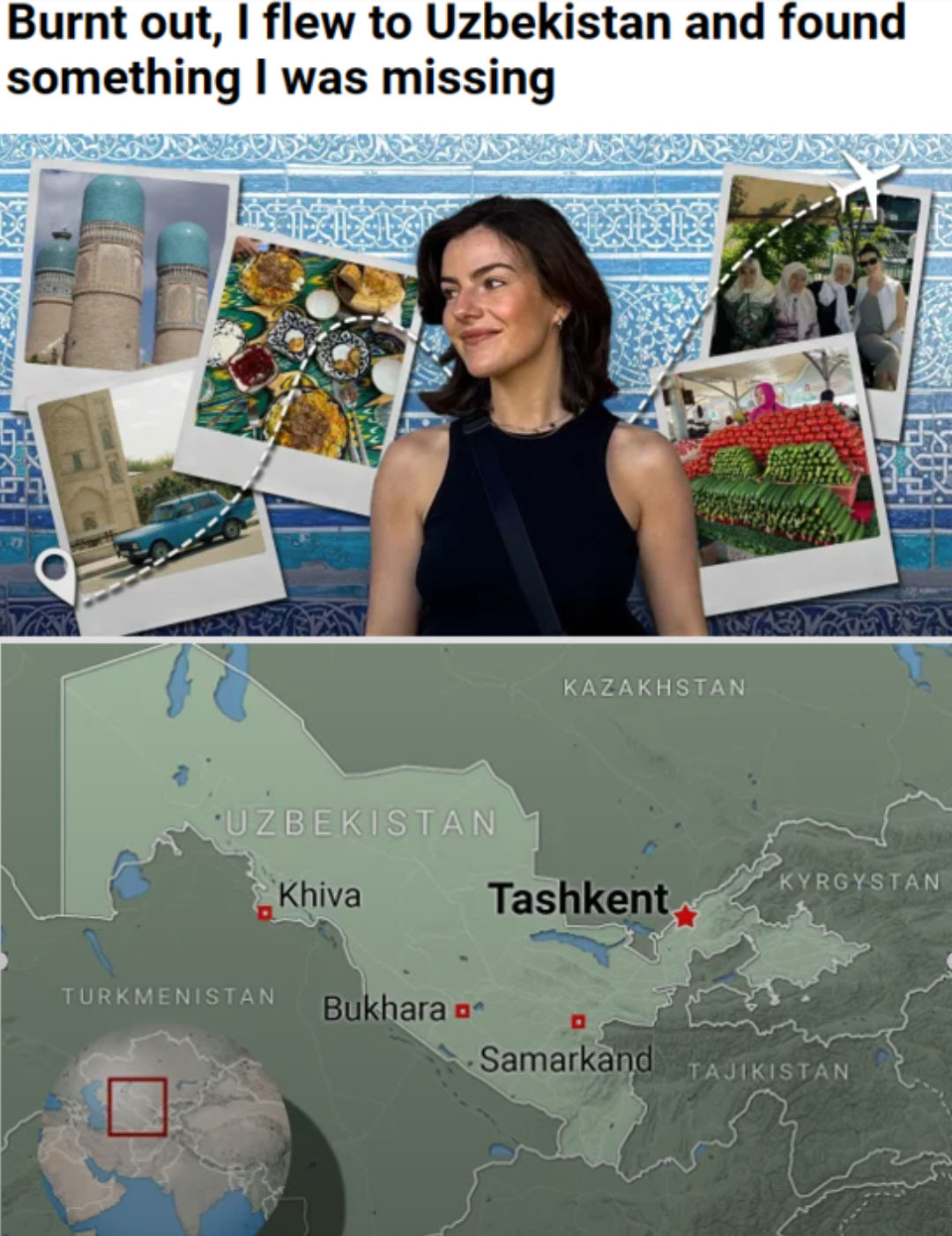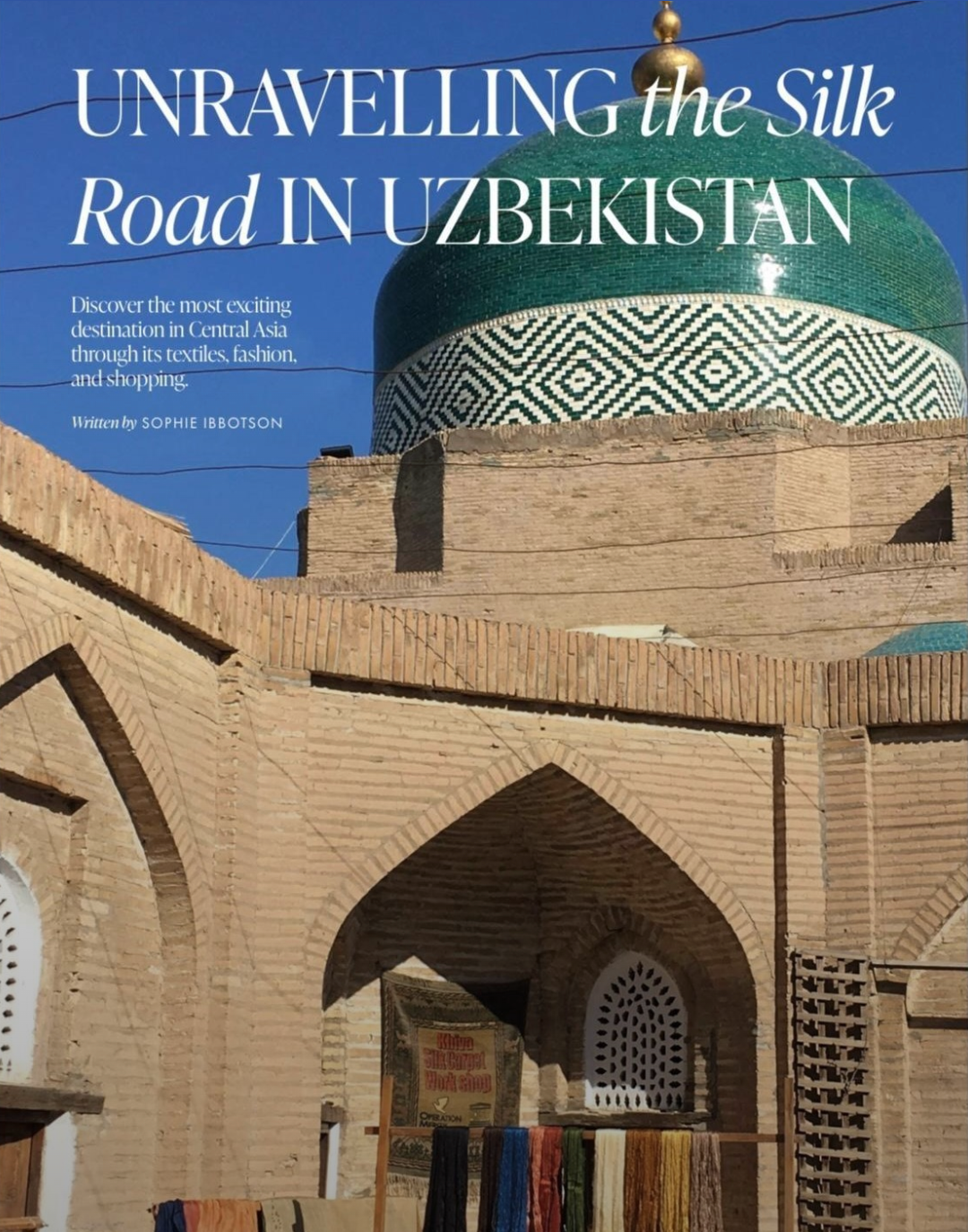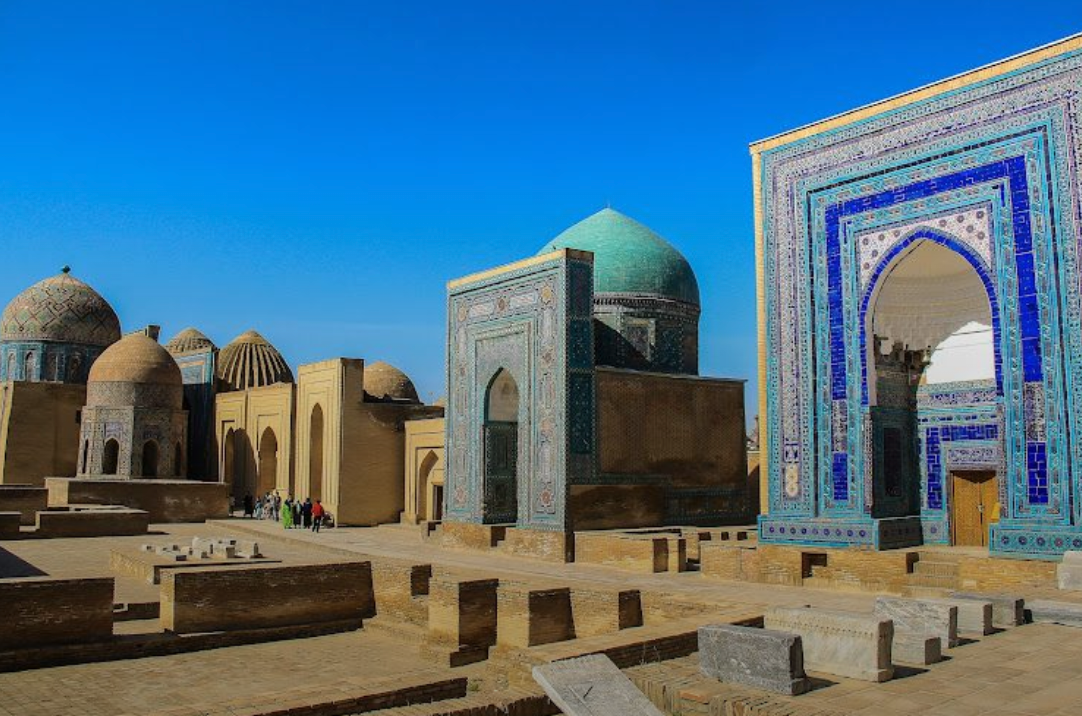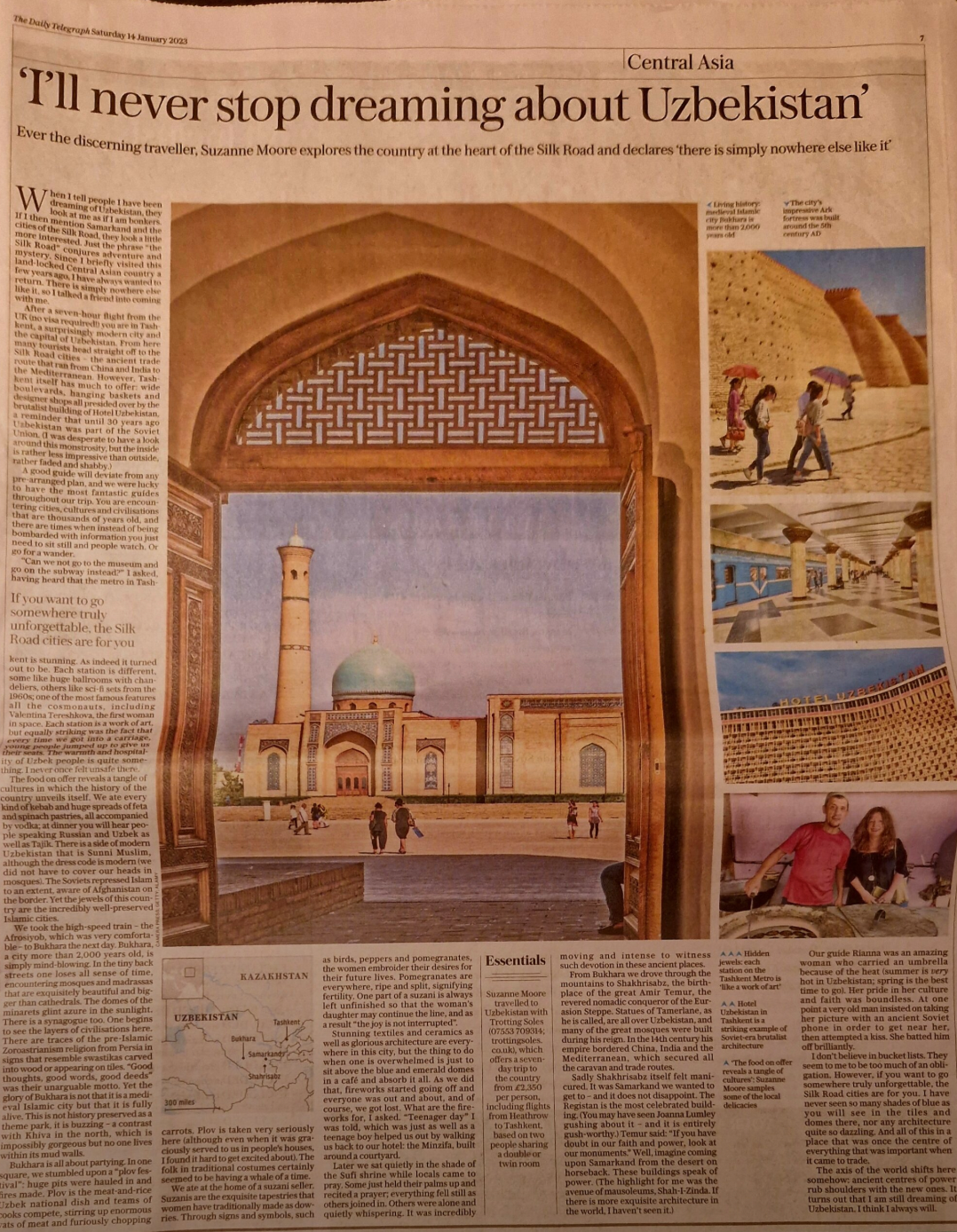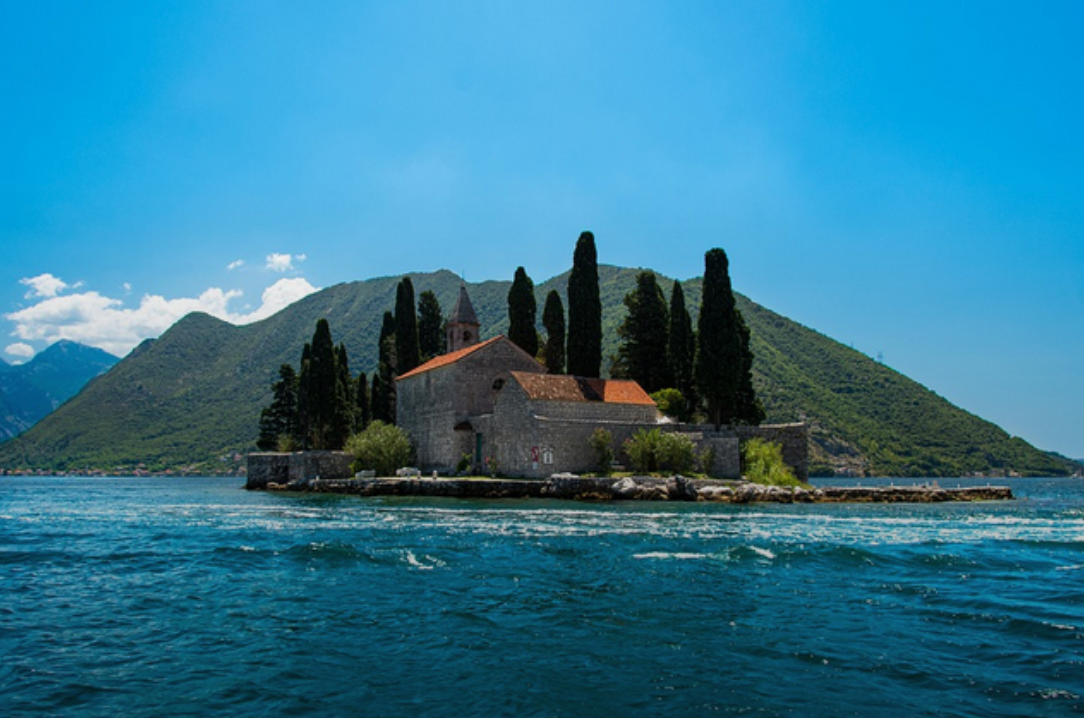Egypt
MYSTIQUE OF ANCIENT EGYPT
Call it what you want, ‘An archaeologist’s delight’ or ‘A historian’s paradise’. The wonders of ancient Egypt do not fail to mesmerise you. Arrive into Egypt and enter the time machine……..and no, without any help from H.G.Wells!!!
A visit to the Pyramids, Sphinx and temple complexes transports you back thousands of years into the world of the Pharaohs. Getting up and close to the mummies and cruising on the Nile, the lifeline of Egypt, makes it all come to life. Certainly not something for the weak hearted. Right from Alexandria to Abu Simbal, the country is steeped in history.
A visit to the tombs reveals how systematically the ancient Egyptians recorded events that took place in the life of the person buried there. There are pictorial depictions and hieroglyphics (a script which many people are still able to follow in the country). They laid a lot of emphasis on ‘after life’, and one can’t help but marvel how they are forever immortalised in the country’s history.
At first glance, Cairo is like any other metropolis in the world. Go across to the west bank of the Nile, to Giza, and enter the world of ancient history. You can see the three perfectly aligned pyramids from a distance. The largest of the three is the pyramid of Khufu, awe inspiring in its entirety! Composed of about 25,00,000 blocks of stone, each weighing about 2,500kgs each, the pyramid had an external covering of Tura limestone, which must have made the pyramid glow brightly in the sun. Today, the limestone is gone and the summit is truncated, but that does not diminish the glory of the Great Pyramid. There are some satellite pyramids around the three pyramids, attributed to the Queens of the Pharaohs. Its well worth it getting into the pyramids to see the burial chambers of the Kings. The Museum of the Solar Boat near the pyramids contains a perfectly restored funerary boat, nearly 40 metres long, that would have once sailed the Nile.
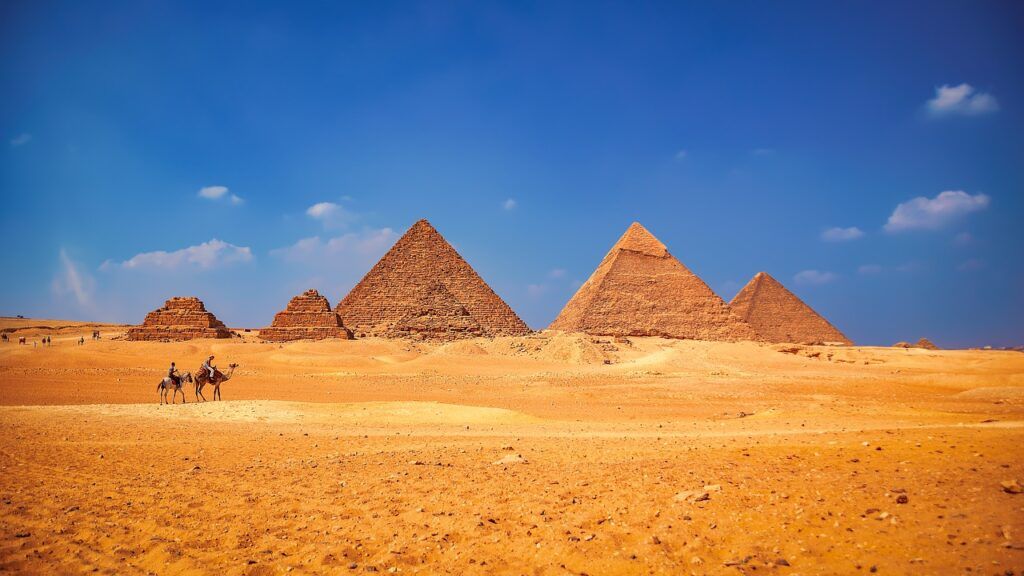
Located about half a kilometre away from the pyramids, the formidable Sphinx has its own story to tell. The Son et lumière at the pyramids, with the ‘Sphinx’ narrating stories of the rise and fall of dynasties over the last 4000 years is not to be missed.
Next, we headed south to the town of Memphis, which was once the capital of the Old Kingdom. A little away from there is Saqqara, which has the largest necropolis in Egypt. It houses the first pyramid ever built in Egypt, the step pyramid of Djoser. Back in Cairo, we visited the Egyptian museum (at that time there was no Grand Egyptian Museum and all exhibits were housed in the Egyptian museum, the oldest archaeological museum in the Middle East). The treasures obtained from inside the tombs were all displayed there. Though unfortunately, many of the tombs were plundered over the years and hence many treasures were lost. The only tomb to have been found totally intact was that of Tutankhamun, or Tut, the boy king. There was a dedicated section in the museum with a dazzling display of 2099 relics, all meant to accompany King Tut on his journey to the ‘afterlife’.
On a visit to Old/Coptic Cairo you get see the beautiful Synagogue and the El Muallaqa or the Hanging Church, where the Virgin Mary, Joseph and baby Jesus took refuge. A trip to Cairo is incomplete without a visit to the Khan El Khalili Bazaar, the oldest market in the Middle East, which has been around since the medieval times. Visit a Papyrus museum if you get a chance to understand the art of making Papyrus.
After all the hectic activity of the day, it was time to board the ‘Sleeping Train’ to Aswan. These are comfortable and a convenient alternative to flights. Dinner and breakfast are served in the cabins. In Aswan, we were received and escorted by our guide to our boat. A cruise down the Nile was something I had dreamt of since my school days! Somewhere, among those chapters of history, the notion of Nile being a mystical river was born.
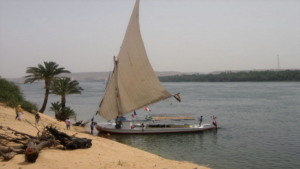
We spent the morning sailing on a traditional felucca and then left for a tour of Aswan. Our first stop was the Aswan High Dam, which meets the irrigation needs for the whole country. And then onto the Unfinished Obelisk, en-route to the Philea temple. Obelisks were made by the ancient Egyptians in abundance, mostly to adorn their temple complexes. Some original pieces have made their way to other countries and are found prominently displayed in Paris, Rome and New York. Our next stop was Philae, a wondrous temple complex. In a remarkable operation, the whole complex was moved to another island nearby, to save the complex from being submerged in water after the completion of the Aswan Dam. Each individual stone was numbered and its position noted carefully so as to allow the most accurate and error free reconstruction of the temple complex. The operation lasted 10 years!
The boat arrived at Kom Ombo village the next morning. On the east bank is the famous temple dedicated to two deities, Sobek and Haroeris. The temple is also known as ‘House of the Crocodile’ (Sobek) and ‘Castle of the Falcon’ (Haroeris). In this temple you can find numerous crocodile mummies. Off we sailed again, to the town of Edfu. A short horse carriage ride later, we were at the temple of Horus, the celestial god. It is the second largest temple complex in Egypt and also among the most beautiful and well preserved temples in the country.
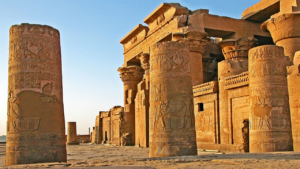
Back at our boat an exciting evening awaited us. It was the night of the Galabia (Egyptian costume) party. Dressed in the traditional attire, we were all set to sway to the tunes of the Egyptian music being played.
Moving on, we crossed the Esna Lock to arrive at Luxor. A short drive through the desert took us to the incredible Valley of the Kings and Valley of the Queens, stopping en route at the Colossi of Memnon. The ancient Egyptians lived along the eastern banks of the Nile, and their tombs were always along the western banks. The Valley of Kings houses over 60 tombs. Each tomb has its own story to tell, about the life of the pharaoh buried there, with pictorial depictions and writings on the walls, all along until the burial chamber. One of the most impressive complexes there was the mortuary Temple of Hatshepsut. She was the only queen to have ruled Egypt as a pharaoh for about twenty years.
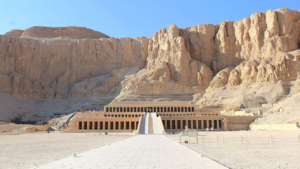
Back in Luxor (ancient Thebes), there were the Luxor & Karnak temples to visit, before heading back to the station to board the Sleeping train once again, back to Cairo. The vacation had ended and it was time to come out of the historical trance!
